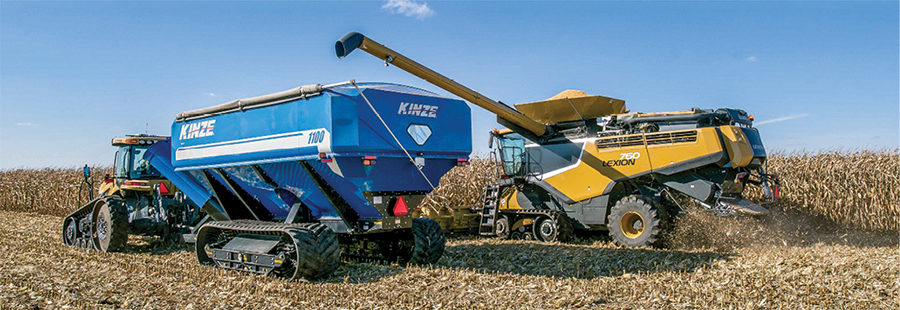No-Till Farmer
Get full access NOW to the most comprehensive, powerful and easy-to-use online resource for no-tillage practices. Just one good idea will pay for your subscription hundreds of times over.

Had someone told Kelly Kravig 20 years ago that 500-horsepower combines would be rumbling through fields at harvest, the Case IH combine marketing manager and western Kansas grain farmer would have been skeptical at the very least.
But the age of big farming has ushered in big and even bigger combines. The new 40 series machines Case IH will unveil this fall will top out at 550 horsepower. Back in the 1990s, no manufacturer had machines above 290 horsepower, notes Kravig, who also raises wheat in western Kansas.
A tripling of horsepower in the last few decades, and doubling of header widths, has also raised the stakes with residue management. Combine specs have generally overtaken the ability of early spreader systems to distribute residue evenly across the entire width of the header — a goal that is essential for no-tillers who want straw, chaff, cobs and stalks distributed evenly.
“In the old days, generally speaking, if a producer had a standard disc spreader, they could change the spreader speed or adjust the spreader bats to impact spread width,” Kravig says. “That depended on the volume and moisture content of residue. Straw is easier to throw with moisture than if it’s dry and has no mass.
“But yields have gone up and the material that must be managed has gone up. Years ago we only had two or three chopper and residue options, but today we have up to nine different configurations. We’re trying to accommodate different producers so they can…